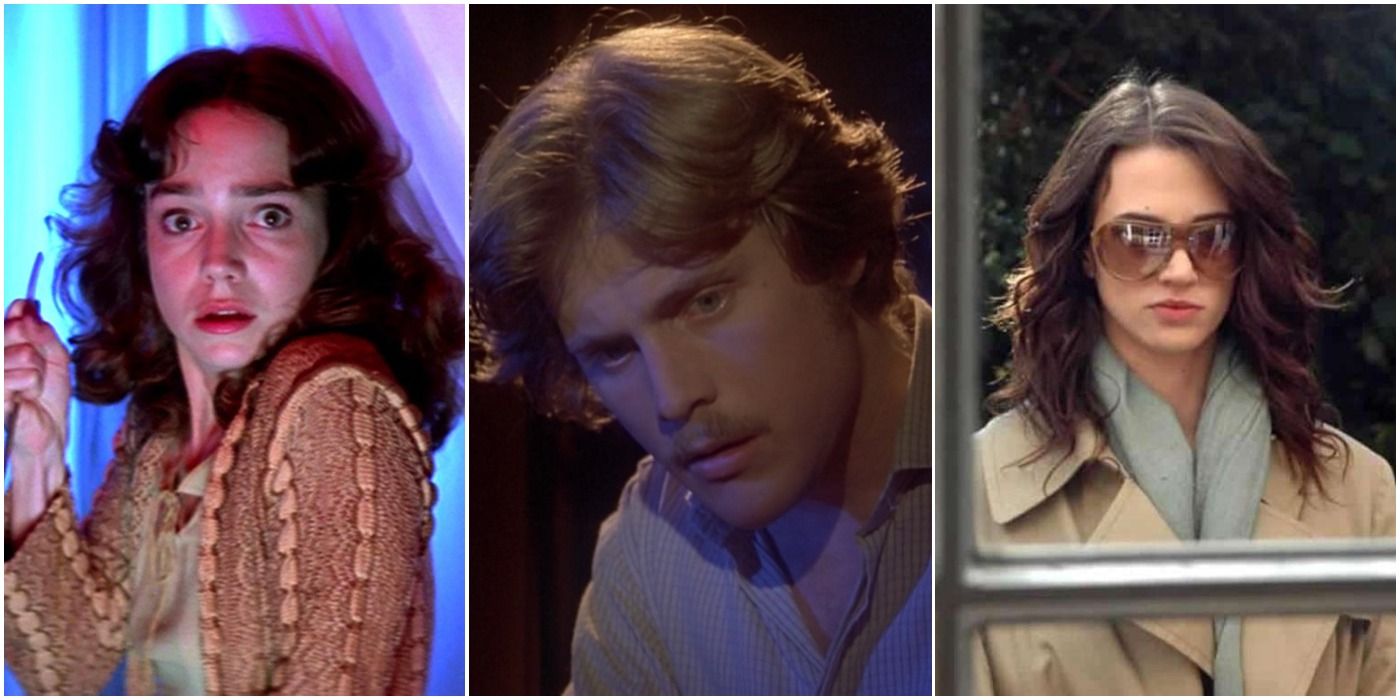Dario Argento’s Mother of Tears, released in 2007, was a disappointing finale for the Suspiria trilogy. After the mixed reception of follow-up Inferno (1980) and the nearly 30 year wait, the Italian-American production failed to meet audience expectation.
Upon its U.S. release in 1977, Argento’s Suspiria struck a cord with audiences looking for unique cinematic thrills. It was one of the few horror titles, including Wes Craven’s The Hills Have Eyes and John Boorman’s Exorcist 2: The Heretic to generate big box office that year. The deceptively simple plot followed an American ballet student (Jessica Harper) and her indoctrination into a German dance studio secretly run by a coven of witches. With its striking visuals, unrelenting violence and kinetic score, it was a solid performer at the box office. Due to its international success, Argento and his co-writer Daria Nicolodi announced that Suspiria would be the first of a trilogy of films referred to as The Three Mothers, partially based on a 19th century essay by Thomas De Quincey. The films would each focus on one of the three Mothers of Sorrow – who unleash evil from three different parts of the world.
Click the button below to start this article in quick view.
Argento and Nicolodi collaborated again on the script for the second in the trilogy, Inferno. Though Nicolodi, who was dating Argento at the time, did not receive screenplay credit, the writer/actress appears in the film. An American music student in Rome (Leigh McCloskey) receives a letter from his sister in New York. After she discovers an ancient book titled The Three Mothers, she begins to suspect that she is living in a building where one of the witches resides. Her brother travels to New York only to find his sister missing – and soon begins to unravel the mystery of the Mother of Darkness. Though the budget and scope of Inferno was bigger than the first film, the narrative structure was not as cohesive or engaging as Suspiria.
Mother of Tears Disappointed Audiences During Its Belated Release
20th Century Fox, who had enjoyed great success with the first film, had no faith in the commercial viability of the follow-up. While Inferno got a wide European release in 1980, it sat on a shelf for several years until it was finally released on video in ‘85. Argento subsequently went on to other projects and put the third movie on the backburner for over two decades. Talk of a new Three Mothers film started again in 2003 when Argento announced at a film festival in Italy that he hoped to begin filming in August 2004. It eventually took five writers, including Argento, to come up with a script that pleased the auteur. Filming finally began two years later in Rome, with the director’s daughter Asia Argento headlining a cast that also included Nicolodi and character actor Udo Kier (Brawl in Cell Block 99) – who also had a small part in Suspiria.
The plot of the film focused on the discovery of a box of artifacts belonging to Mater Lachrymarum – and the mass chaos that unfolds in Rome as a result. The box is sent to the Museum of Ancient art where young restoration student Sarah (Asia Argento) is tasked with helping the curators study the pieces. Grim murders and malevolent familiars follow Sarah – who eventually discovers a family secret tying her to the Three Mothers. In 2008, when Mother of Tears was finally given a limited theatrical release in the U.S., the response from audiences and critics alike were primarily negative. While Argento fans appreciated the dynamic cinematography and shocking violence, many argued that the director’s flair for suspense missing.
Critics were also confused by promising story threads that went nowhere, including Sarah’s newly discovered psychic powers – which have no bearing on the climax of the film. Though Argento fans were originally disappointed by Mother of Tears, in the thirteen years since its release, like many heavily derided genre titles, it has been reevaluated. Claudio Simonetti’s classical soundtrack and the stylized, camp sensibility are aspects trumpeted frequently by modern critics. Argento is currently in pre-production on a new giallo titled Black Glasses that will reunite him with his daughter Asia.
